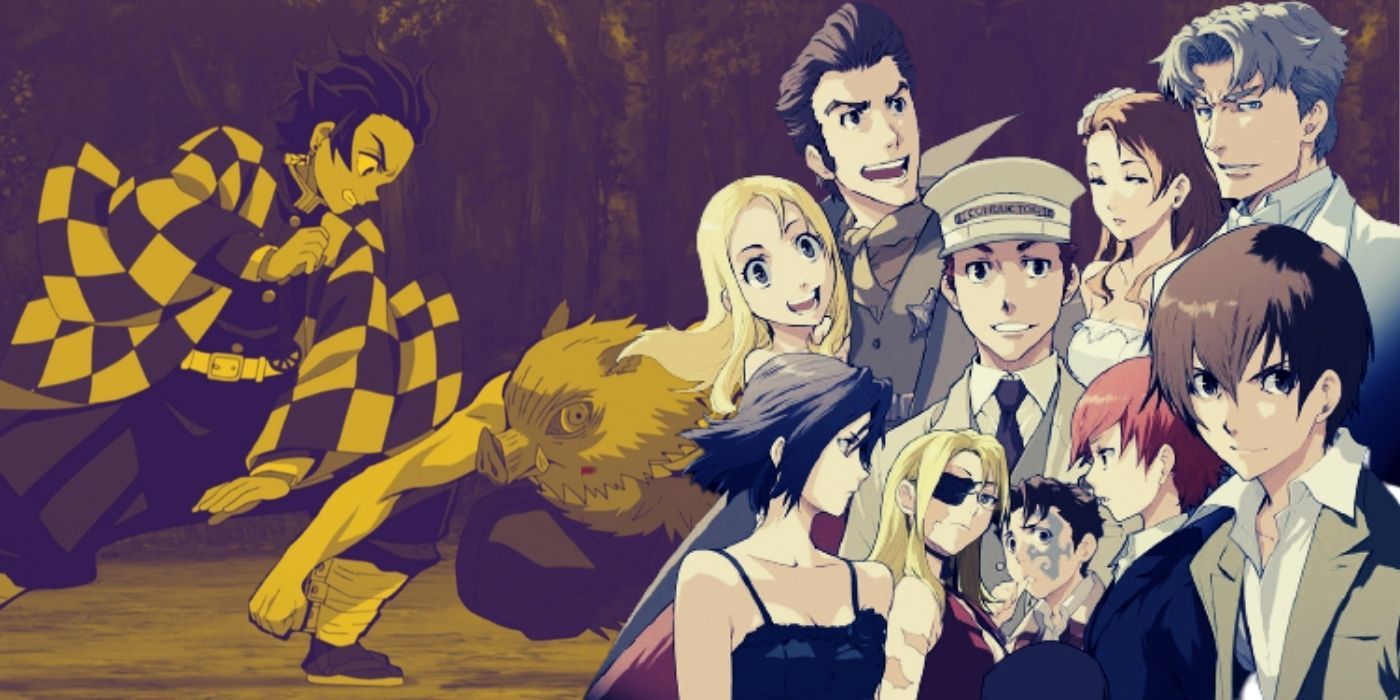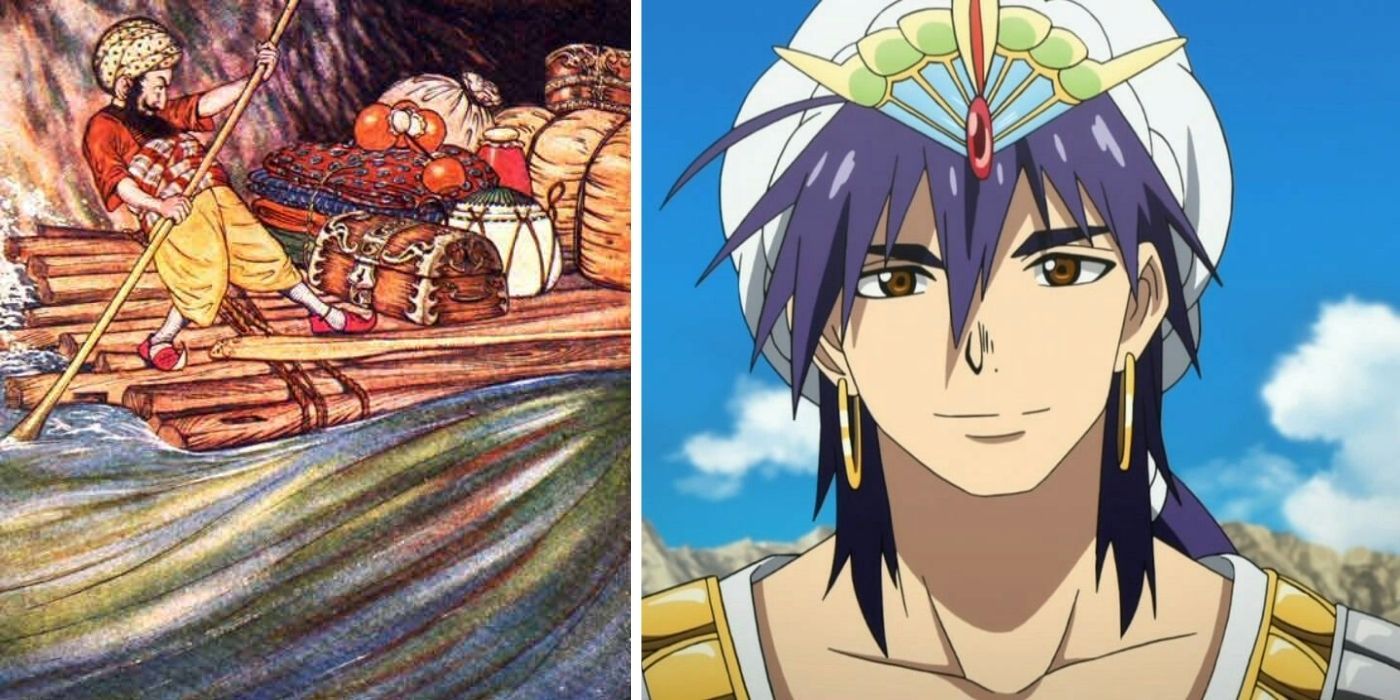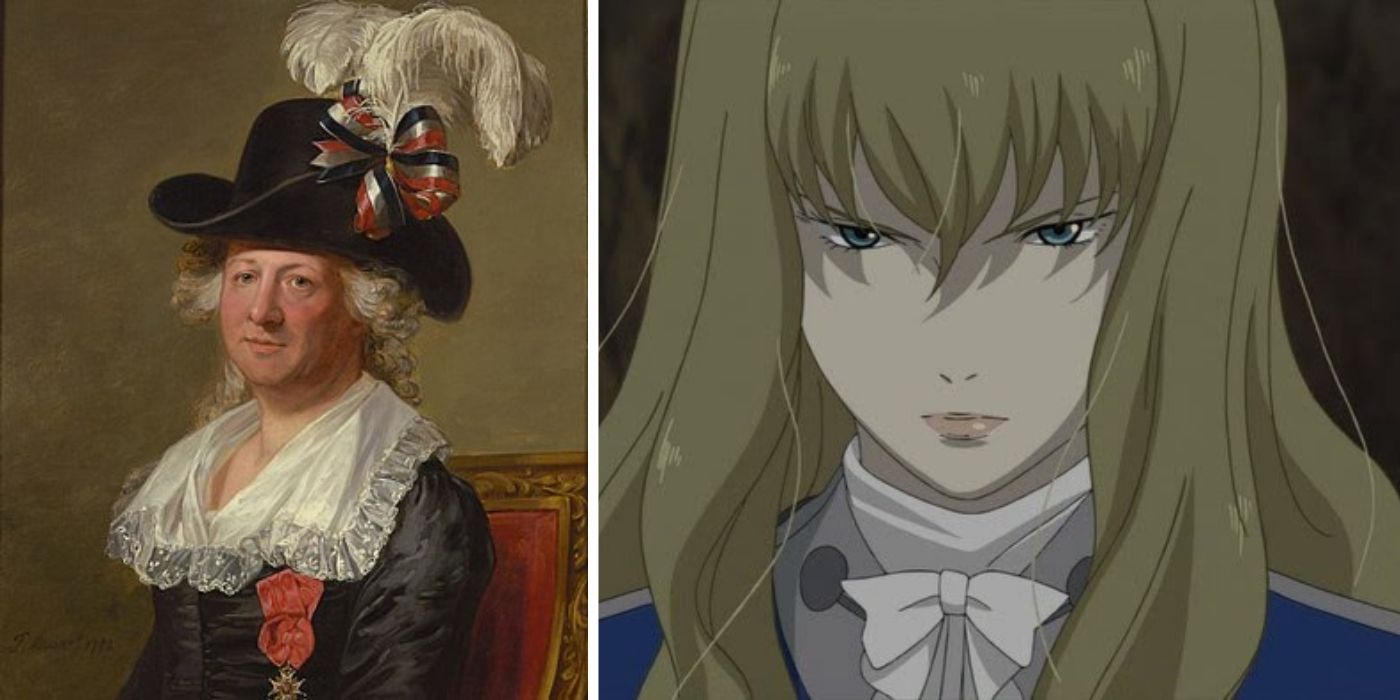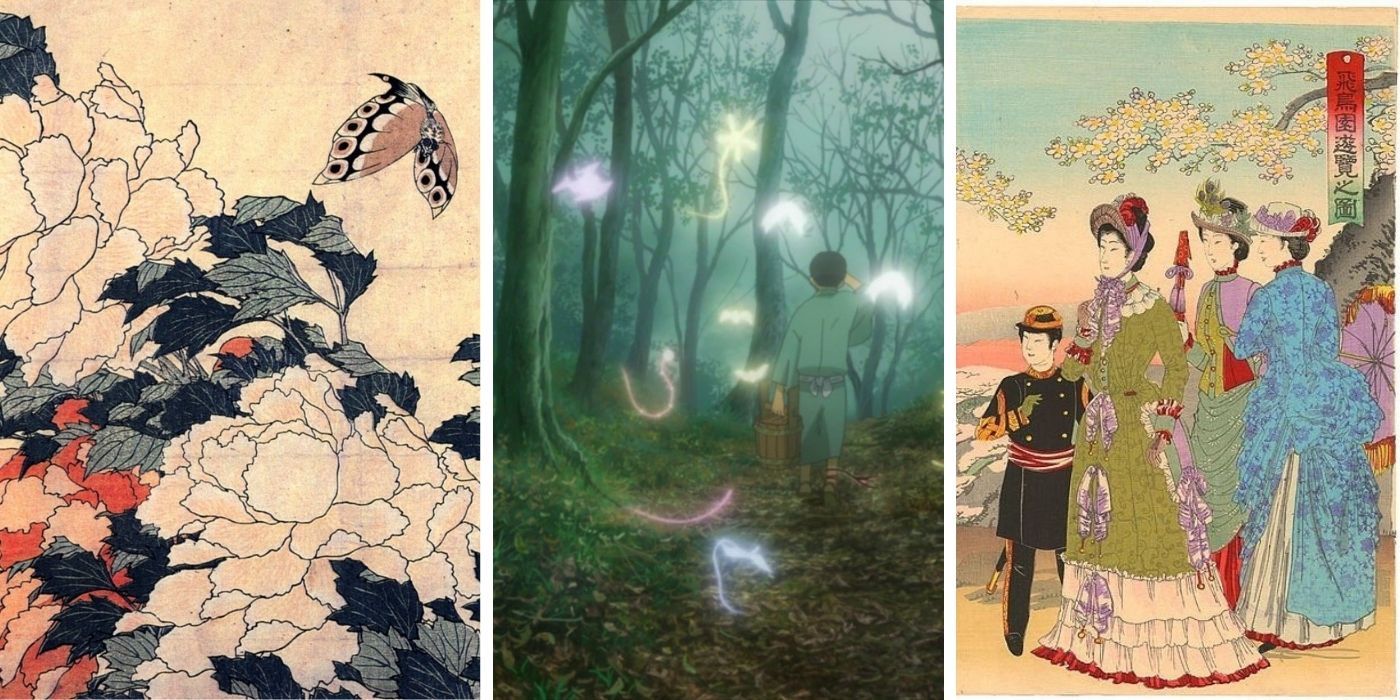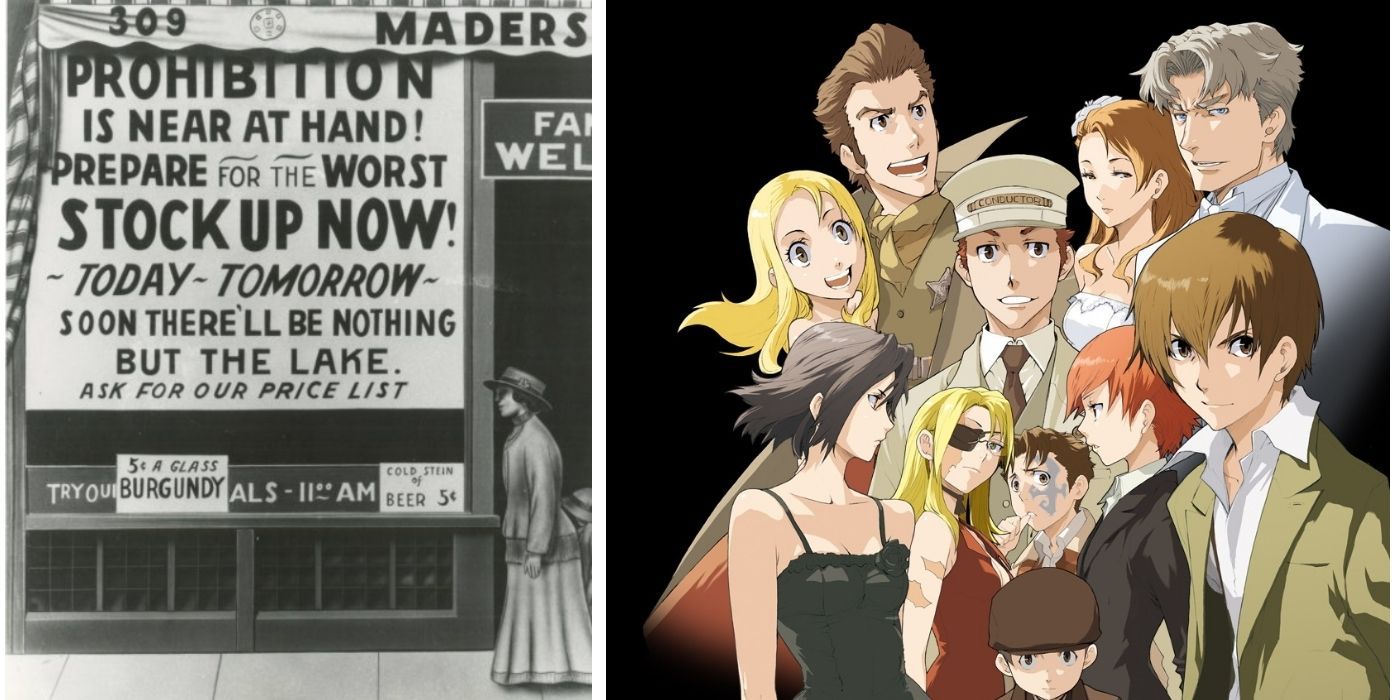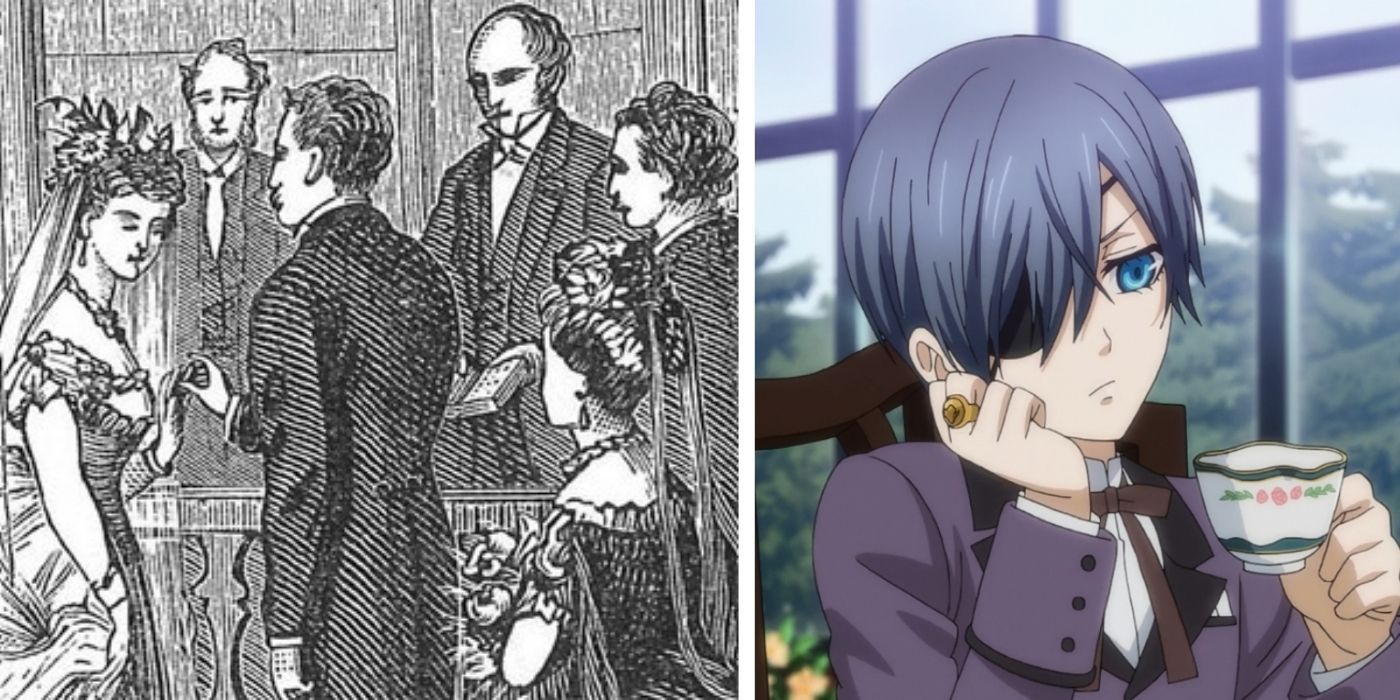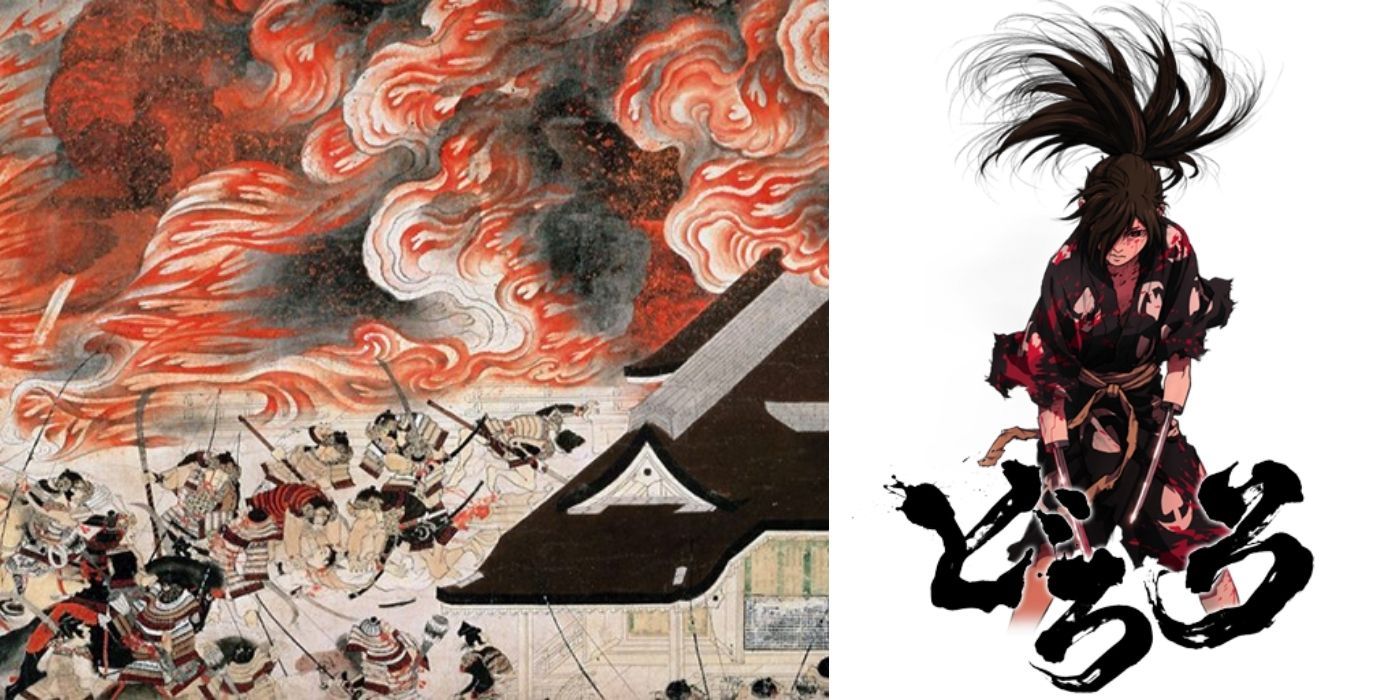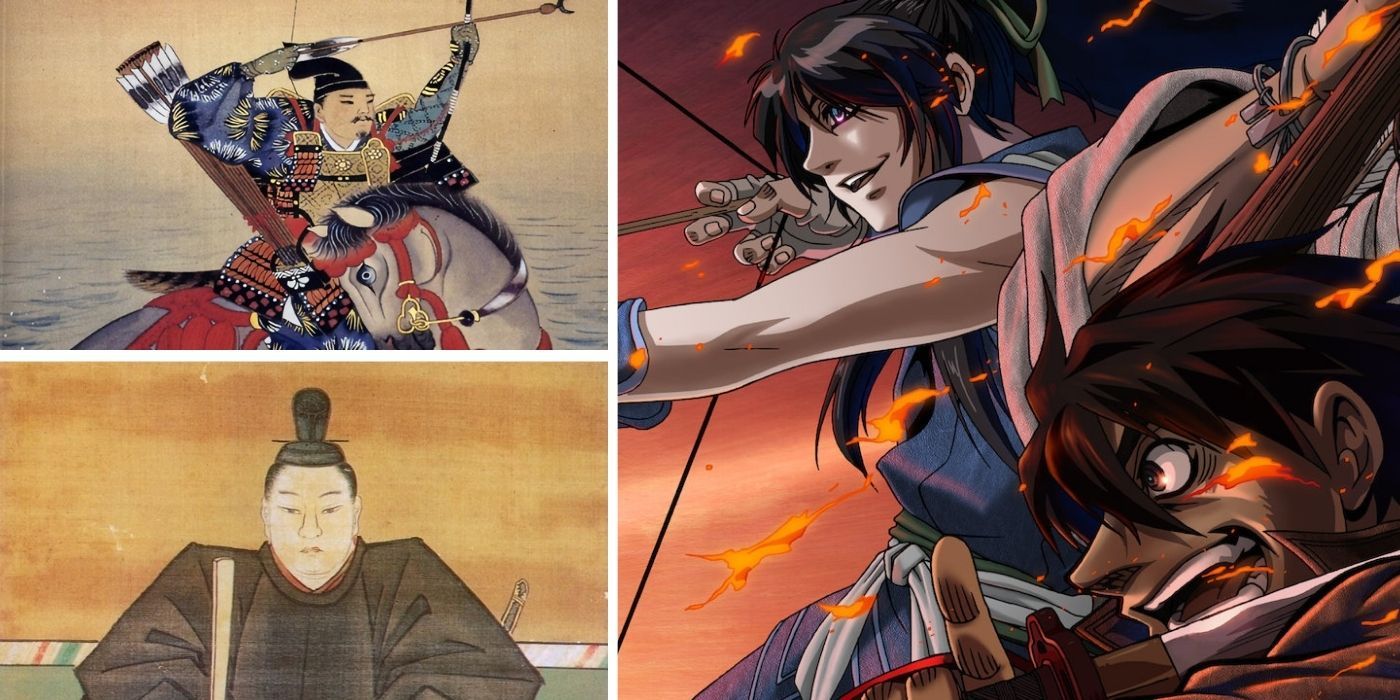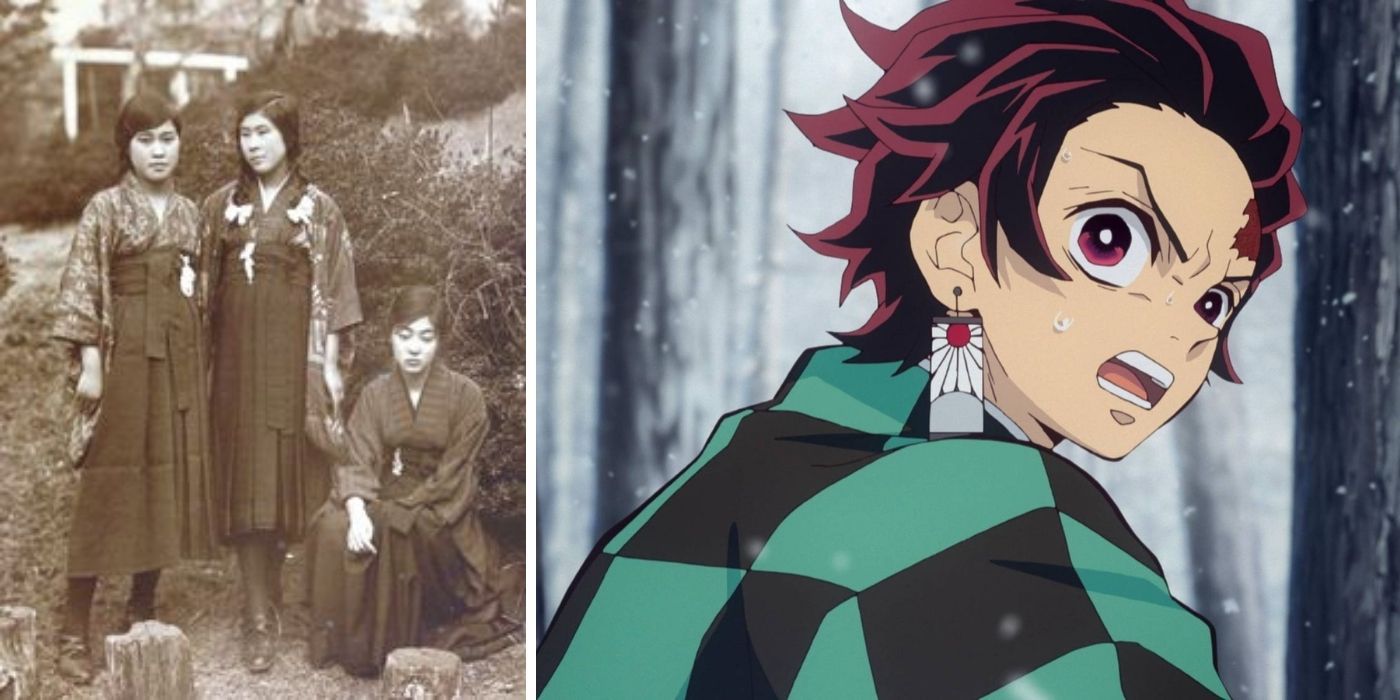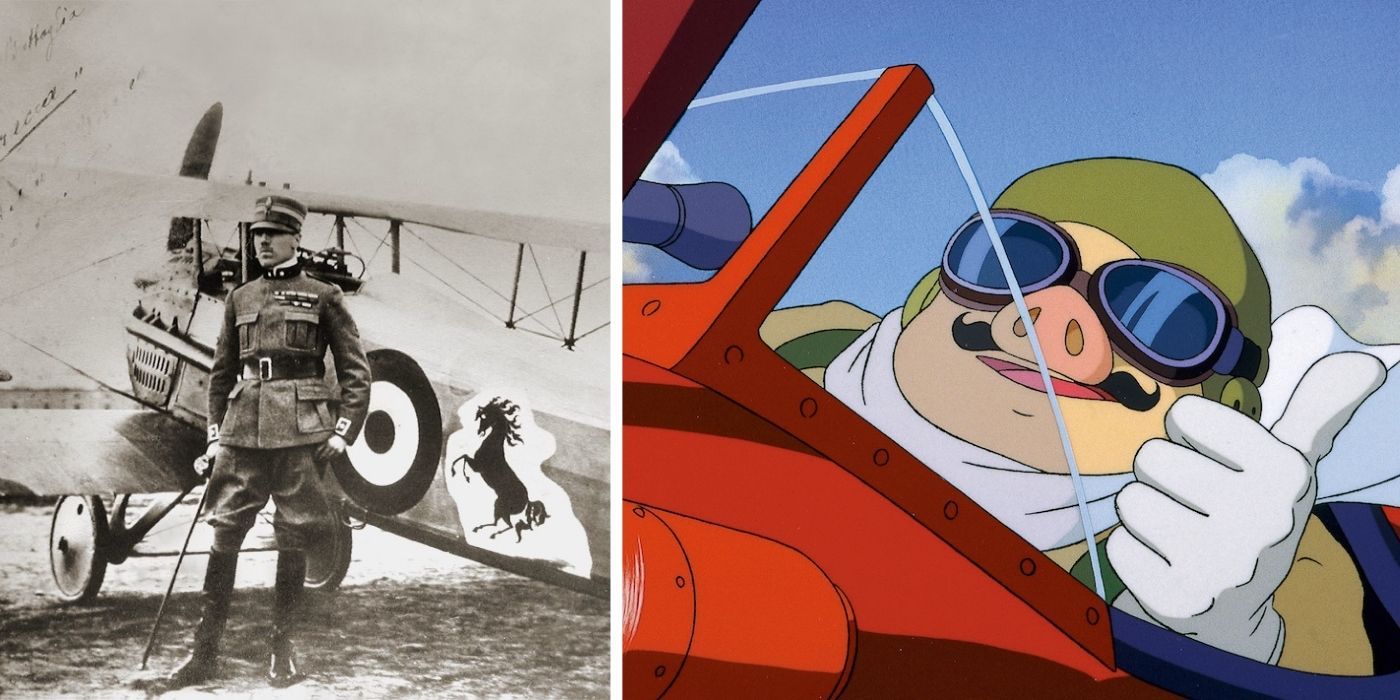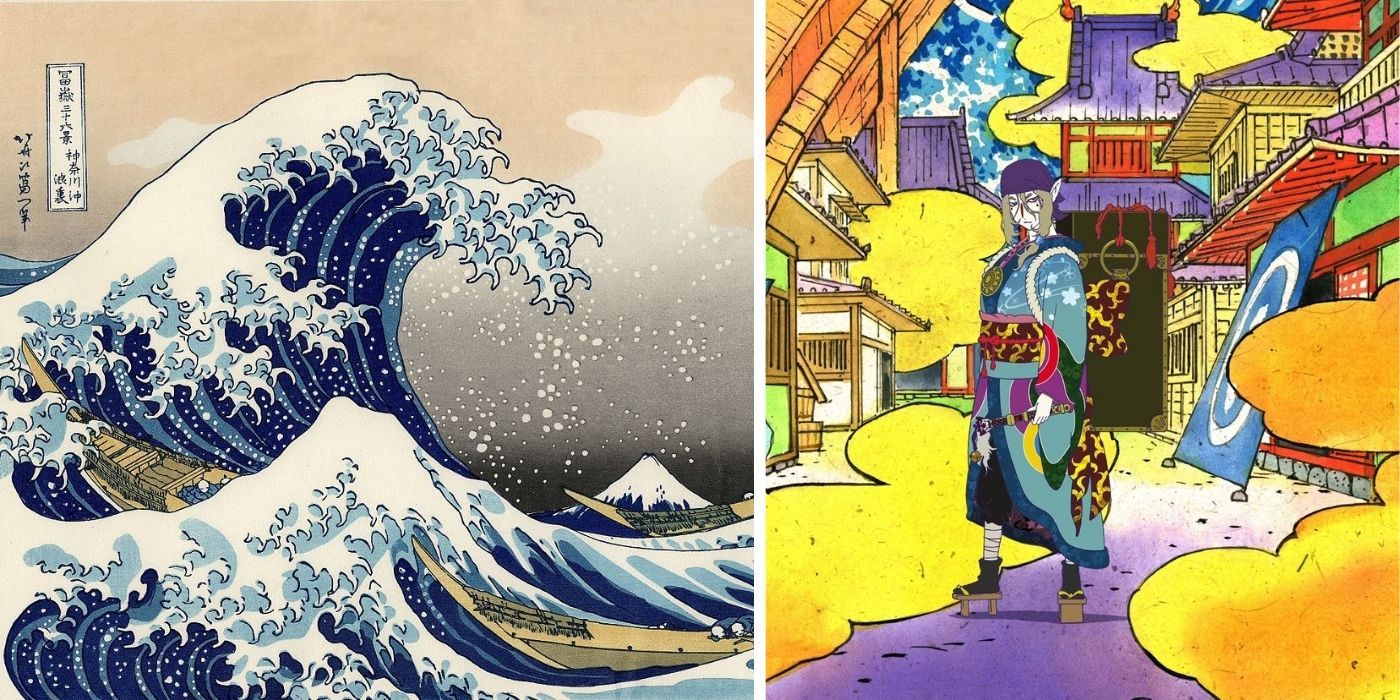For most history buffs, there's nothing more satisfying than a true story told well. Often reality is more fascinating than fiction, and the research that goes into cataloging historical events is praiseworthy. Having said that, historical anime tends to play fast and loose with established facts, flying in the face of what actually happened in order to imagine what could have happened.
And where there's anime, there's bound to be magic. Creators, not content to borrow from one genre, have often added everything from monsters to curses to historical stories, gleefully blending facts with fantasy.
10 Magi's Sinbad Is A Fiction Of a Fiction
Sinbad was never a real person, but he and his stories hailed from a real place. Known today as Baghdad, the original stories of Sinbad the sailor were set during the Abbasid reign of Arabia, somewhere between 700-900 AD. Inspired by real mariners who set sail on dangerous tides centuries ago, the original tales of Sinbad took a lot of liberties, adding gargantuan whales and man-eating monsters.
It's fair to say that Magi: The Kingdom Of Magic and its sequel series took these legends and ran bonkers with them in a way that only shonen anime can. Sinbad is a definite bishie as well as the king of the fictional land of Sindria, and he's a master of both black and white magic. Why not make a tall tale taller?
9 Le Chevalier D'Eon Was Real, But Not Possessed By Their Sister
Queer people have often been erased from history, and those who manage to leave their mark are frequently misrepresented. While Chevalier D'eon is far from a household name, their work as an androgynous French spy and diplomat earned some fame in 1700s France. Furthering D'eon's reputation was the fact that for the last portion of their life, D'Eon chose to live as a woman, and wanted to be considered as such.
The peculiar 2008 anime Le Chevalier D'Eon is the loosest of adaptations of this story. Chevalier D'Eon is often possessed by the ghost of their murdered sister, and the show's take on D'eon de Beaumont seeks vengeance for her untimely demise. Borrowing both from historical references and the fictional works of Dumas, the show remains a unique reinvention of a unique story.
8 Mushishi Invents A Magical World Between Eras
Mushishi doesn't just invent a magical world, but an era between eras. Said to exist in an invented span of time somewhere between the Meiji and Edo periods, the show reimagines Japan as a world filled with fungal-like lifeforms that alter the humans who come in contact with them.
Fans have often commented on the peculiar nature of Ginko's hair and garb: it seems as though Ginko doesn't belong to the era he wanders through, that he might have come from the future. It's not in the nature of a show like Mushishi to confirm such theories either way, but the sense of timelessness that pervades the series is one of its many strengths.
7 Baccano Drinks Deep Of The Prohibition And Adds A Little Alchemy
Author Ryhogi Narita watched The Untouchables and seemingly fell in love. He resolved thereafter to write a story set in the same era, and good thing, too, because that story was the modern classic prohibition-era alchemy anime, Baccano.
Baccano is infamous for being told outside of chronological order, but fans who stick with the series see the plotlines come full-circle in the most satisfying way. Yes, the story is a tangle, but so are these characters and revelations. In a way, the very structure of the show is reminiscent of the roaring 20s, vibrant and confused and violent. Alchemists, murderers, thugs, and thieves collide in a story that really has to be seen to be appreciated.
6 Black Butler Is Basically A Penny Dreadful
Set in 1885 in England and very proud of it to boot, there are few series as devoted to romanticizing a time period than Black Butler. Those who lived in the Victorian era saw the worst of the Industrial Revolution and tuberculosis to boot. But while Black Butler is full of dark themes and demons, Ciel lives in a mansion, wears fancy breeches, and sips a lot of tea. The queen he works for is, of course, Victoria, and depending on whether fans are watching the anime or reading the manga, she's sometimes the antagonist.
This dichotomy is fitting for an era that delighted in aesthetic indulgences while children starved on the streets. If anything, Black Butler could benefit from more grit, but its trip to old England is appreciated.
5 Hyakimmaru Was Saddled With A Curse And The Sengoku Periods Worst Dad
The Sengoku period in Japan spanned from 14670-1615, and it was anything but peaceful. During this time, Japan experienced several civil wars and nearly constant societal upheaval. This period of turmoil really was the ideal setting for Tezuka's samurai story Dororo.
Moments before his birth, Hyakkimaru's father, a lord from the Kaga province, made a deal with demons. He happily traded Hyakkimaru's limbs and organs for a chance at achieving greater prosperity. While he didn't know that's what he'd promised, it certainly didn't seem to haunt him as it should have. Just as Japan is fighting for its identity on a battlefield, so must Hyakkimaru find his own.
4 Warriors Unstuck in Time Meet Up In Drifters
There's hardly an era of history that Drifters doesn't borrow a historical figure from. Ranging from Sengoku-era figures like Oda Nobunaga, Shimazu Toyohisa, and Akechi Mitsuhide to WWII fighter pilots and even more unexpected characters like Butch Cassidy and Joan of Arc, the show uses a time-travel conceit to thrust these characters together.
The title refers to the way these characters are adrift in time, sent to continue fighting in another world. This world is decidedly unlike our own, full of giants, magic, magicians, and elves, and the Drifters must work together to gain any ground in this battle.
3 Demon Slayer Made The Taisho Era Hip And Mystical Again
It's hard to overstate the mind-boggling success that Demon Slayer has enjoyed. The sequel film, Mugen Train, managed to shatter box office records even during an international pandemic, and there's no lull in the hype forthcoming. While undeniably a fantasy series, Demon Slayer pays homage to an era of Japanese history that isn't frequently explored in anime.
The Taisho period spanned from 1912-1926. It remains remarkable because it marks the brief window of time when Japan established a more global identity. In part, because Emperor Taisho was sickly, the power dynamics shifted away from imperialism and towards democracy. This change in government also changed Japanese culture. This period of great change was the ideal setting for this story about characters struggling with a world transforming around them, and the transformations taking place within themselves as well.
2 Porco Rosso Curses A WWI Pilot
Of all of Miyazaki's masterpieces, Porco Rosso is the one most steadily anchored in a specific year. After serving as a pilot in WWI, Italian pilot Porco Rosso works as a bounty hunter during the Great Depression.
The settings in the film are all real locations primarily in and around Italy, and the vistas, beautifully illustrated by Miyazaki and the Ghibli staff, don't disappoint. The film pays homage to the era it takes part in, incorporating noir elements with a Casablanca-esque romance, stylish to the very end.
1 Mononoke's Monsters Feel Timeless
Like Mushishi, Mononoke is set on the cusp of the Meiji era and the story features spirits that often mean people harm. But while the creatures in Mushishi are more organic, almost like fungus or bacteria, the ayakashi the medicine seller confronts are more folkloric, yokai similar to poltergeists that feed on human emotions. The medicine seller travels like Ginko around a strangely vibrant landscape, exorcising supernatural threats across Japan.
The Meiji period was a very class-centric society, and as a rule, merchants like the medicine seller belonged to the lowest class. Even so, the character of the medicine seller is a curious one, exempt from earthly and unearthly rules.

